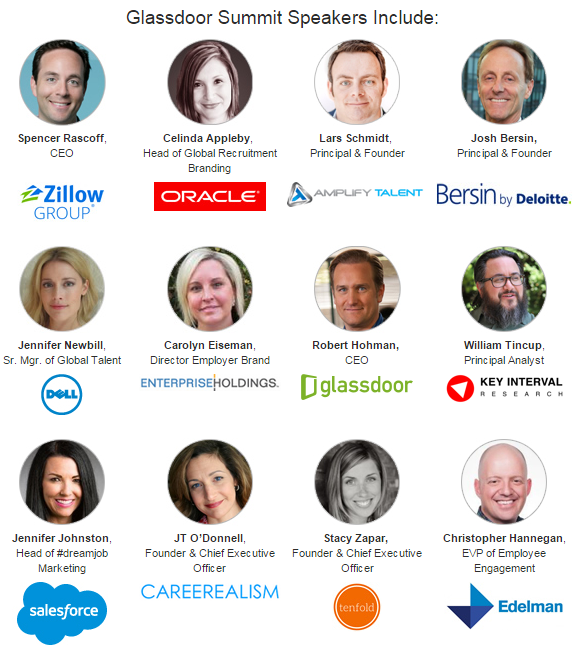Employment Branding is the new black.
It’s been the new black for a few seasons now, so I keep waiting to see what’s next. Talent Acquisition technology (mostly CRM based tools) are really hot right now and will get hotter in the future, but EB is still king for the moment.
Why? Mostly because the majority of HR and TA leaders suck at marketing, and their internal marketing folks have bigger fish to fry, like driving top-line sales, increasing traffic, gaining market share, etc. So, HR and TA pros are left to deal with their employment brand on their own. Which means, they’re mostly paying others to do this work for them.
Here’s what most HR and TA leaders are missing:
1. Employment Branding is not Advertising. It’s marketing. Marketing and Advertising are different. Employment branding is not about increasing the number of applicants you are getting. It’s about telling and sharing what it’s like to work at your organization. If you do a great job, yes, you’ll see more applicants. But, I could never share my employment brand and increase my applicants through just sheer advertising muscle.
2. Your Employment Brand is most valuable when people consume it organically. No one likes to be forced fed. They love it when someone introduces them to something cool. Kind of like, “hey, I just discovered this, check it out.”
3. Your own employees’ Network Effect is the most powerful way to share your brand. Network effect is the effect that one user of a good or service has on the value of that product to other people. Meaning your own employees are the most powerful vehicles to share your employment brand that you have. The key is finding ways where they’ll want to freely, and readily, share your brand to their network. This also speaks to the importance of Candidate Experience, since your candidates also have a strong network effect.
At the Glassdoor Employer Branding Summit last week we were asked, “where we see employment branding in five years?” I see employment branding becoming much more integrated into the overall company branding. Right now, some big companies are already doing this. You see General Electric doing a strong job of finding ways to integrate their employment brand directly into their normal brand messaging.
Current GE advertising is sharing the message we are digital company who is also an industrial company, while going after Coders. It’s a corporate brand message, that is also an employment brand message. This is not owned or produced by GE’s HR function. This is clearly coming out of GE’s corporate marketing department, with influence from Talent Acquisition and Operations.
Employment branding is still for the most part an issue HR and TA are having to deal with. Within five years, this will be an organizational priority for not only HR, but the entire organization, and marketing will pull it over to their side of the fence, which I believe is where it belonged from the start.

